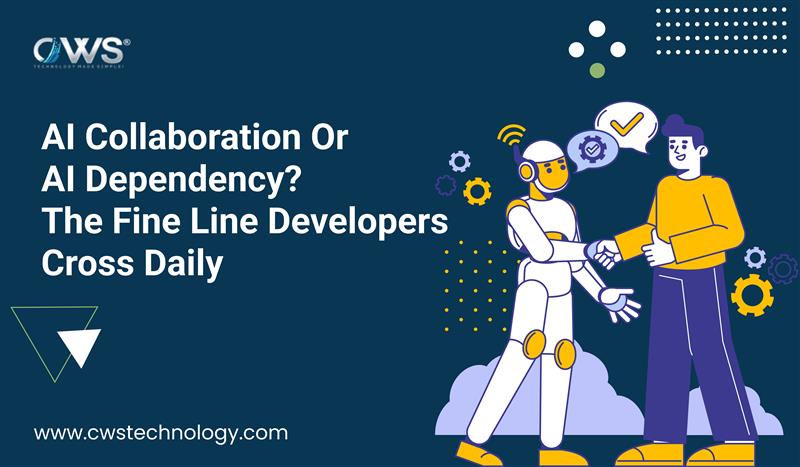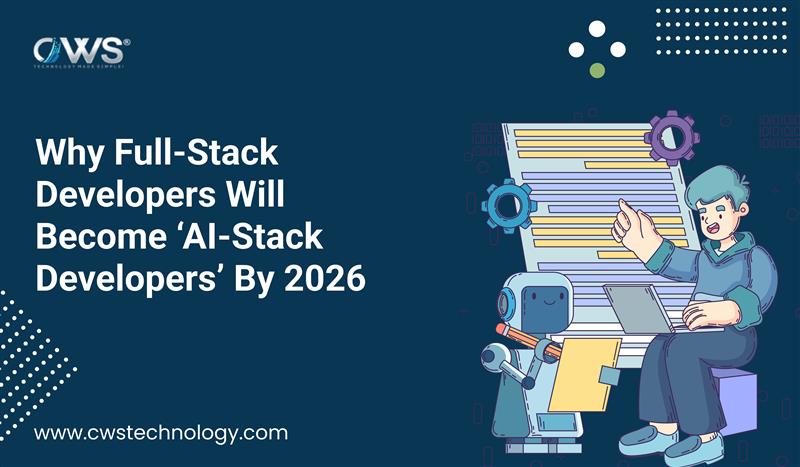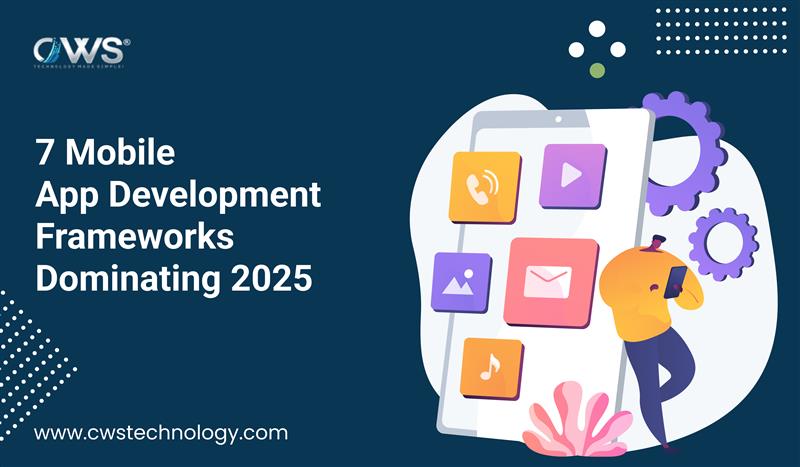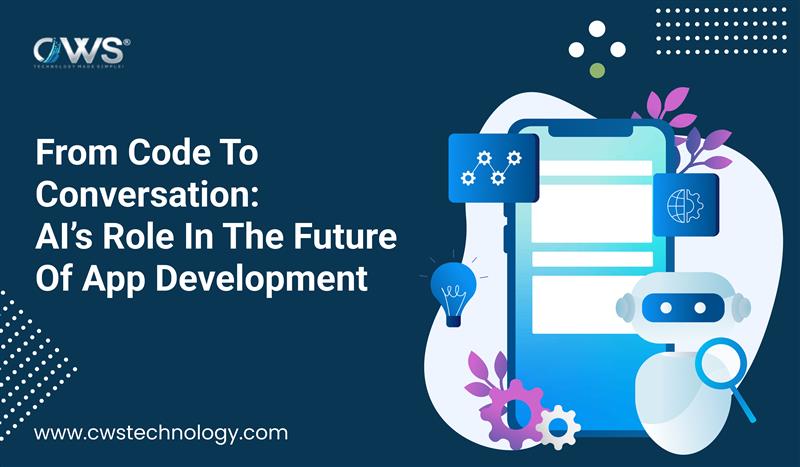A Reality Every Developer Knows
Imagine this: you’re deep into coding a complex feature, the clock is ticking, and instead of writing boilerplate code from scratch, you let AI generate it in seconds. It feels like magic. But then a thought creeps in—did I really solve this, or did AI just hand me the answer?
That inner conflict is what developers around the world face every day. On one side, AI collaboration helps you work faster, smarter, and more efficiently. On the other, AI dependency risks dulling your problem-solving skills, making you reliant on a machine that doesn’t truly “understand.”
This is the fine line modern developers walk—and how we balance it may decide the future of software development.
When AI Feels Like a Teammate
AI works best when it feels like a supportive colleague sitting right beside you. It’s not here to replace you, but to:
- Cut the clutter: Instead of wasting hours writing repetitive lines of code, AI does it in seconds.
- Speed up learning: A developer exploring a new language or framework can ask AI for examples and explanations.
- Boost problem-solving: Stuck on an error? AI can suggest fixes or alternative approaches you may not have thought of.
- Handle testing: Automating test cases or spotting bugs frees up time for more meaningful work.
In these moments, AI isn’t taking away your role—it’s amplifying your skills. You’re still the decision-maker, the innovator, the architect.
When Collaboration Turns into Dependency
But there’s a danger lurking in convenience. Dependency sneaks in when:
- You copy-paste AI code without fully understanding it.
- You let AI decide “how” to build something without questioning “why.”
- You stop pushing boundaries because AI’s solutions feel “good enough.”
- Your core skills weaken, making you vulnerable if AI tools fail.
Dependency creates a fragile developer. And fragility is the opposite of innovation.
Why Humans Still Matter More Than Ever
Here’s the truth: AI can generate code, but it can’t generate vision. It doesn’t understand the “why” behind building an app, the user emotions behind an interface, or the business impact behind a feature.
Developers bring what AI cannot:
- Judgment: Knowing when a solution looks perfect on paper but won’t work in the real world.
- Ethics: Understanding the responsibility of building technology that impacts people’s lives.
- Creativity: Breaking out of patterns to imagine something AI has no data for.
This human element is what ensures that technology isn’t just functional—it’s meaningful.
How Developers Can Walk the Fine Line
So, how do we keep AI as a collaborator and not slip into dependency? Some practices help:
- Use AI for the heavy lifting, not the big thinking. Let it write the boring parts, while you design the smart parts.
- Ask “why” before “how.” Don’t just accept AI’s solution—understand the reasoning.
- Keep learning. AI can teach, but you must still master the craft.
- Collaborate with humans. Peer reviews and team discussions sharpen perspectives AI can’t provide.
- Draw ethical boundaries. Use AI responsibly, ensuring solutions benefit users and businesses alike.
AI With Humans, Not Instead of Humans
The debate isn’t about AI replacing developers—it’s about how developers use AI. AI collaboration vs AI dependency isn’t a theoretical idea; it’s a daily choice every coder makes.
At CWS Technology, we believe the future lies in collaboration—where AI handles the repetitive and the routine, and developers focus on creativity, problem-solving, and innovation.
The developers who thrive tomorrow will not be those who depend on AI blindly, but those who leverage AI wisely—turning it into a partner, not a crutch.
Because in the end, the most powerful code is still written with human curiosity, creativity, and care.








